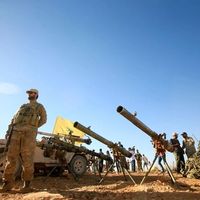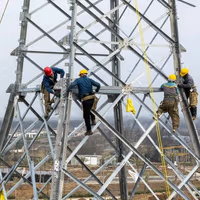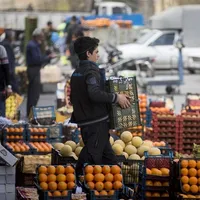The Daroyar reform plan, launched to offset price hikes through insurance coverage, has failed to meet its target, leaving patients to shoulder the cost, news outlet Rouydad24 said.
Rising foreign exchange rates, reduced liquidity among importers, and broader inflation have deepened shortages in hospitals and pharmacies.
Analysts say the crisis is worsened by budget shortfalls in social insurance funds and the influence of monopolistic drug networks, which are accused of hoarding and speculative pricing.
Lawmakers have warned that continued price spikes could spark public anger and further strain Iran’s already fragile healthcare system.
Foreign currency squeeze
Last month, a leading pharmaceutical industry figure, Mojtaba Sarkandi, told the reformist daily Etemad that Iran faces inevitable production disruptions and severe drug shortages by March, as renewed UN sanctions under the snapback mechanism tighten access to foreign currency and strain supply chains.
“The industry operates on two realities,” Sarkandi said. “While up to 99% of medicines are locally produced, most key ingredients still come from abroad, mainly China and India.”
According to Etemad, Tehran allocated about $3.4 billion in foreign currency for medicine and medical equipment this year, but a 10–20% shortfall has already emerged. Shipping and insurance costs have climbed by as much as 50% since September, and import timelines have doubled to six months.
While sanctions have limited Tehran’s ability to finance imports, industry executives also blame policy missteps, from delayed currency allocation to state-imposed price caps, for deepening the turmoil.
“Sanctions may explain 40% of the crisis,” one executive told Etemad. “The rest stems from domestic policy failures, arbitrary pricing and poor transparency.”












